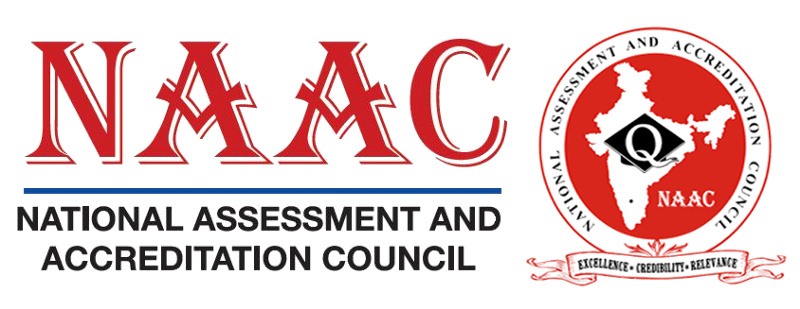
is a term for certification of quality that is valid for a fixed period.
are students who perform much better than the class averages.
refers to performance evaluation of an institution or its units based on certain established criteria.
are trained academics or experts who represent GATI on peer teams.
is an independent, objective quality assurance activity designed to add value and improve an institutional functioning. It facilitates accomplishing objectives through a systematic approach.
provides a reference point that serves as a standard for comparison of one’s own performance. It is a technique in which an institution measures its performance against standardized indicators.
are individuals, groups, or organizations, whether targeted or not, that benefit directly or indirectly, from the intervention.
is a statistical analysis of written publications, such as books or articles.
is a teaching module which helps to close the gap between two levels of competence.
refers to the process of assisting and mentoring students individually or collectively for academic, career, personal and financial decision-making.
refers to quantitative and qualitative information or facts that are collected and analyzed.
refers to the extent to which a program/intervention has achieved its objectives/expected results
entails analyzing scientifically collected data/ information about an intervention/programme/ and their outcomes that determine the merit or worth of the program/intervention.
is the process of learning through experience and is more specifically defined as “learning through reflection on doing.
are programmes aimed at updating the knowledge and pedagogical skills of faculty.
refers to formative and evaluative comments given by the institutional community on various parameters.
is the acronym for Information and Communication Technology and refers to hardware, software, networks and media for the collection, storage, processing, transmission and presentation of information (voice, data, text, images) as well as related services.
refers to long-term, cumulative effect of programmes/interventions.
is a quantitative or qualitative variable that provides a valid and reliable way to measure achievement, assess performance, or reflect changes connected to an intervention. Infrastructure refers to physical facilities like building, play fields, hostels etc. which help run an institutional programme.
refers to attributes of an institution characterized by its reason for coming to existence, vision, mission, nature of stakeholders, access to resources, cultural ambience and physical location.
refers to an integrative approach in which information from more than one discipline is used in interpreting the content of a subject, phenomenon, theory or principle.
refers to a specific activity or set of activities intended to bring about change in some aspect(s) of the status quo.
refers to routine tracking and reporting of priority information about a programme / project, its inputs and intended outputs, outcomes and impacts
refer to students who perform much below the class averages.
refers to a person, a group, or entity who has a direct or indirect role and interest in the goals or objectives and implementation of a program/intervention and/or its evaluation.
refers to a specific, action-oriented medium or long-term plan for making progress towards a set of institutional goals
refers to a formulation of objectives, directives and guidelines with specific plans for institutional development.
refers to the facilitating mechanism for access to information and guidance regarding resources and student welfare measures to give necessary learning support to the students.


